![On this 1832 tax document, James Coleman is listed as owning houses and lots along South Royal Street that are lived in by "Colored" tenants: Fanny Camble, Geo [George] Brooks, and Wm [William] Dudly.](/sites/default/files/2024-12/1832-personal-tax-list.png)
Hayti: A 19th Century Free Black Neighborhood
A 19th Century Free African American Neighborhood
the heart of the hayti community is seen through three homes on south royal street.
Archaeologists excavated the Coleman Site in the 1980s before new townhomes were built on the lots of 418-422 South Royal Street. The site included evidence of early 19th century free Black households. These homes were part of Hayti, one of the oldest neighborhoods in Alexandria. Artifacts and historical research offer a glimpse into the lives of people who lived there.
The name "Hayti" reflects the pride of the Black community. "Hayti" likely honors the enslaved people of the country of Haiti and their successful fight for freedom against French colonial rule in 1804.
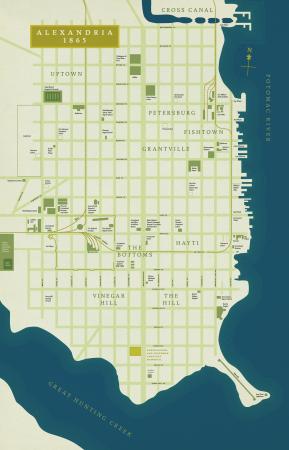
The first federal census of 1790 lists 52 free Black Alexandrians, many living in the neighborhoods of The Bottoms and Hayti. The Civil War led to the formation of new communities and an increase in the free Black population from 836 people in 1820 to 5,300 by 1870.
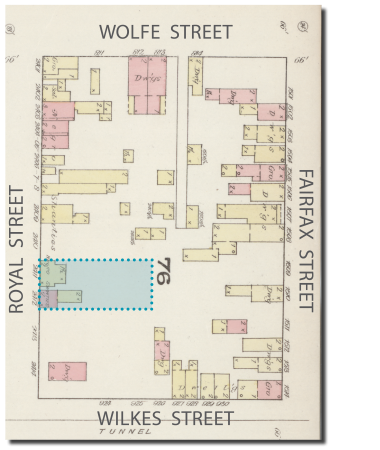
Calling Hayti home
Over 100 years of history found in tax lists and census records show that the 400 block of South Royal was home to mostly free Black property owners and tenants in the 1800s. An 1832 tax record lists Fanny Camble (Campbell), George Brooks, and William Dudly (Dudley) living as tenants on property owned by James Coleman, a white grocer. Unlike Coleman, they are described as "Col-d," or "Colored."
![On this 1832 tax document, James Coleman is listed as owning houses and lots along South Royal Street that are lived in by "Colored" tenants: Fanny Camble, Geo [George] Brooks, and Wm [William] Dudly.](/sites/default/files/2024-12/1832-personal-tax-list.png)
Not all were free on 400 South Royal. George Brooks and his wife Harriet lived at 420 South Royal. While Harriet was free, George was enslaved by John Wiggs, who lived on the same block. Harriet purchased George's freedom in 1834, but he was not legally listed as free until 1848. By the 1850s, all renters and owners on the block were free.

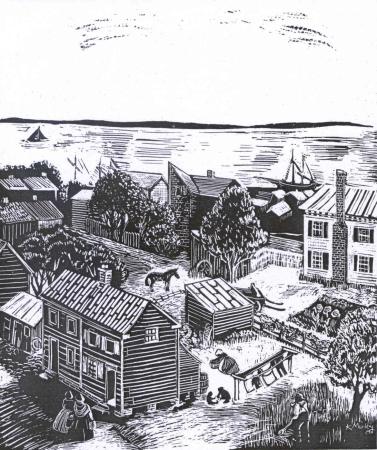
In the kitchen
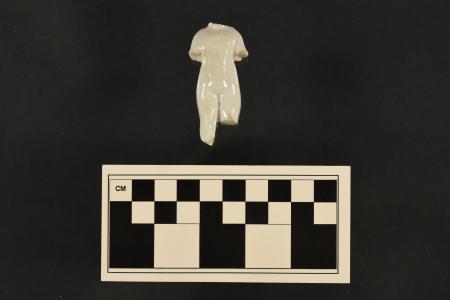
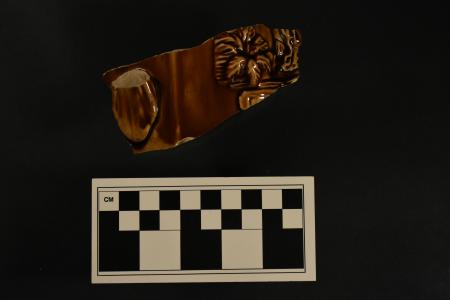
In addition to store-bought goods, Hayti residents sourced food from the nearby river and land.
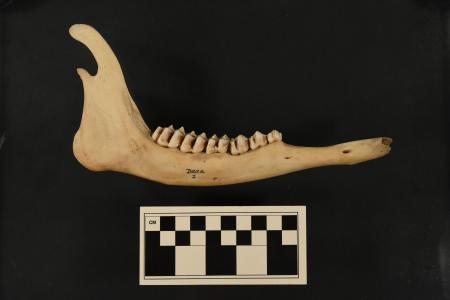
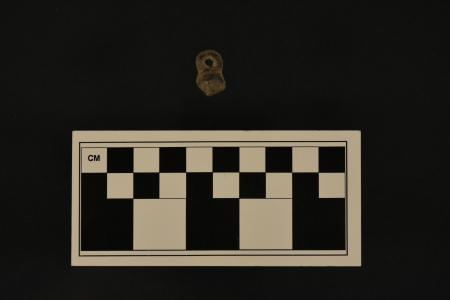
life in the neighborhood
The community was made up of a wide range of households, from short-term single renters to large families. These artifacts suggest a lively neighborhood filled with kids and music.
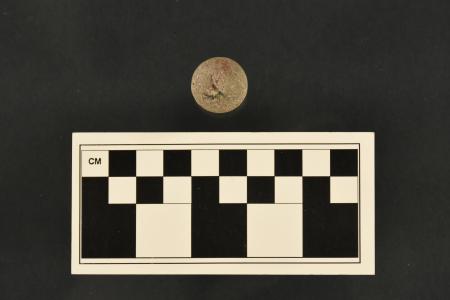

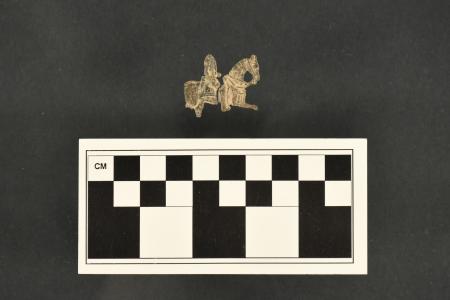
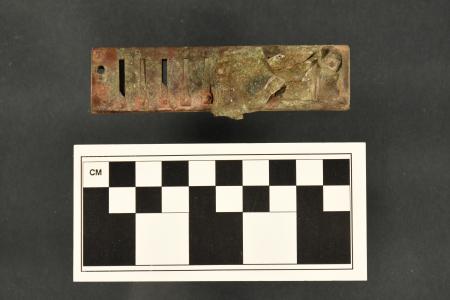
Daily routine
Work, school, and health were all a part of everyday life in Hayti.
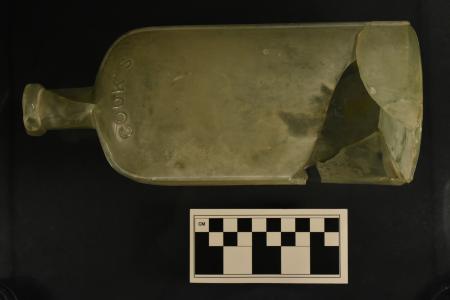
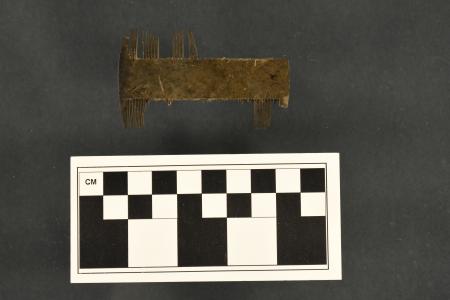
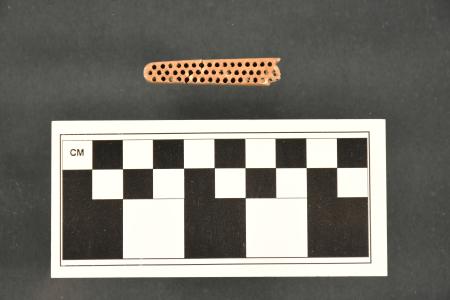
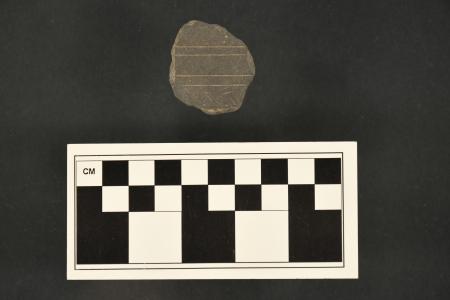
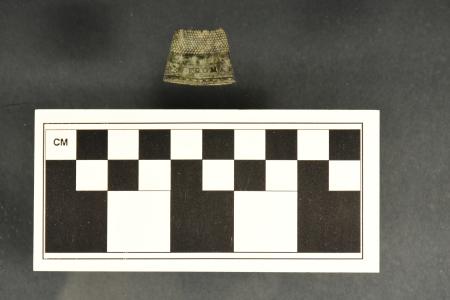
Who Lived Here?
Neighborhood growth and change is seen through maps, historical documents, and artifacts excavated from the Coleman Site's three properties: 418, 420, and 422 South Royal Street.

1780's - 1810s: The Early Years
White homeowners and businesses primarily occupied the block, including Joseph Coleman's cooper (barrel) shop. Mordecai Miller, a Quaker merchant, rented out houses to free Black families.
1820s - 1860s: Founding a Community
In 1823, 22 year-old William Savoy rented a house from the Coleman family, becoming the first free Black person to live in one of the Coleman Site properties. More families soon followed, renting and purchasing homes from white landowners. Mordecai Miller's son, Robert, later sold many properties on the block to free Black families.
1870s - 1900: A Community in Motion
After the Civil War, working class renters replaced households like the family of George Brooks, who had lived on the block from 1832 to 1873. The average rental period was five years.
1907: The Final Residents
The original Coleman property (418 S Royal) was demolished in 1883. Robert E. Knight, a white merchant, purchased the remaining duplex at 420 and 422 S Royal in 1902. Both were razed by Knight in 1907, marking the end of the Coleman properties.
1980-1983: Excavation
Archaeologists excavated the Coleman Site ahead of new townhome construction. This work further showed the significance of Hayti and its residents.
Household Trash
Many households lived in Hayti at 418 South Royal Street. Before municipal trash collection, residents often threw away their trash in the backyard. Historical records can help connect the artifacts found behind the house to the residents who may have used them.
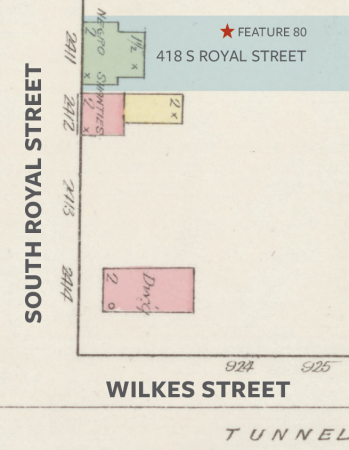
who's trash is this?
- Look at the artifacts from Feature 80. They were thrown away sometime after 1850.
- Look through the historical records. They include the ages of people in the house.
- Which household seems like the closest match? Use the hints below if you get stuck.
Helpful Hints
- Were the items used by a household with children? Which households fit that description?
- Which households lived at 418 South Royal Street during, or after, 1850?